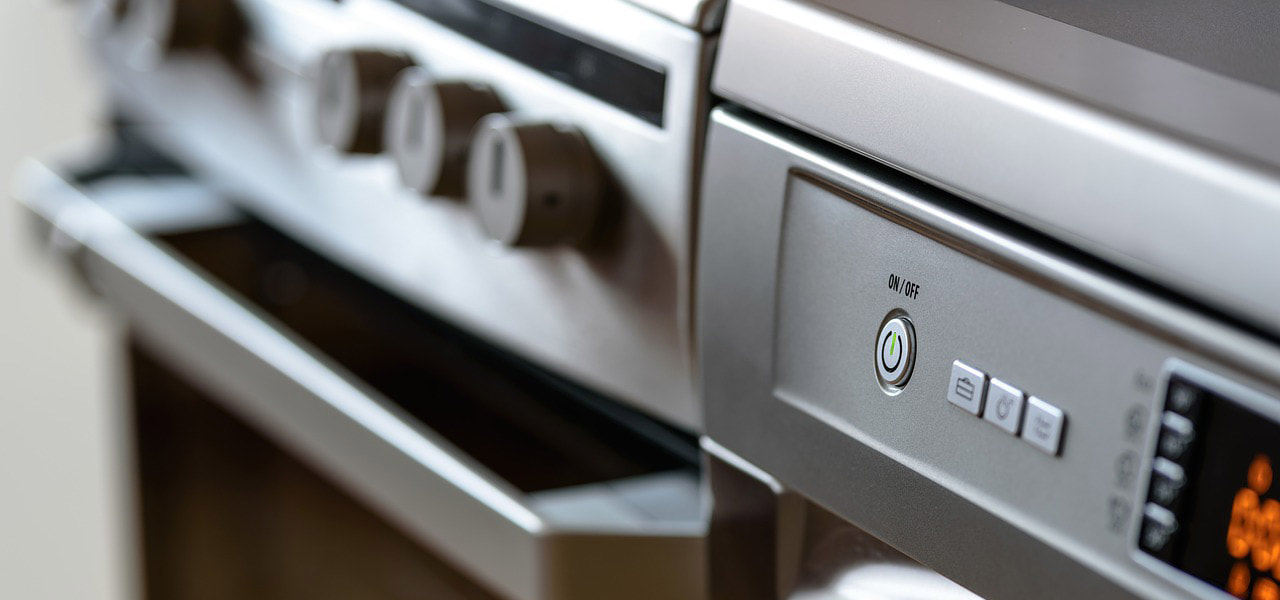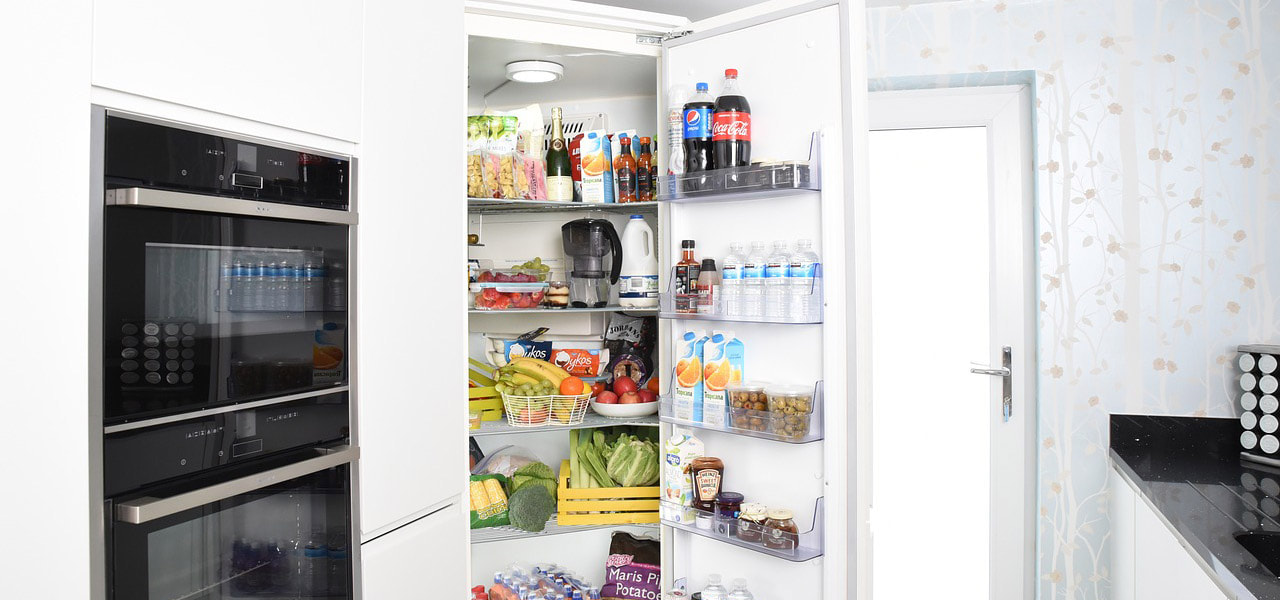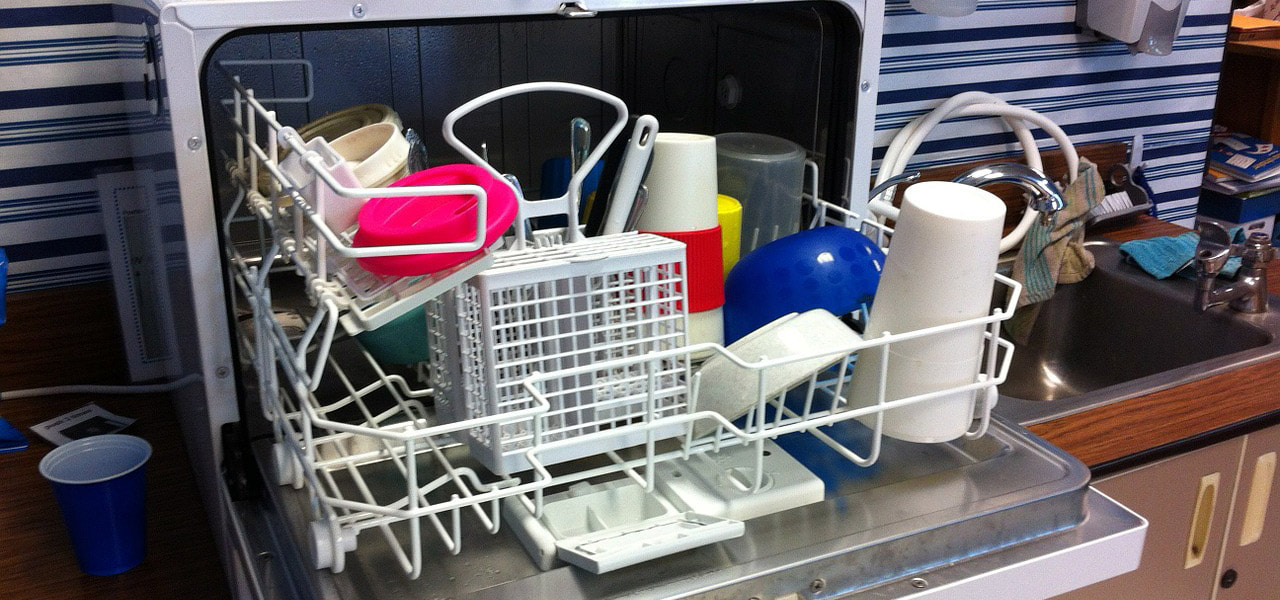|
By Anna Hazard
Introduction
One of the main options when it comes to remodeling or retrofitting a kitchen for aging in place is to switch out current appliances for those that are easier to use and more accessible to users with a wider range of mobility and health issues.
Besides general overall tips that should be kept in mind when buying any type of appliance, this particular section focuses on the larger and costlier apparatuses such as refrigerators, freezers, and washing machines. These types of machines may take longer and be more complicated to replace and thus should be attended to before a potential user's health has deteriorated to the point where a normal, non-accessible version can no longer be properly operated. General Tips for Kitchen Appliances
Overall, when it comes to aging in place and accessibility within the kitchen, the types of appliances selected should always show information clearly & easily with large buttons, controls, and display monitors for use. Switches, buttons, levers are other interactive functions should be easily visible (brightly colored, large displays) even for those with moderate eye issues and should also be easily manipulated (large handheld elements, smooth transitions such as pushing, pulling, or turning) even for those with more severe forms of arthritis or hand dexterity & strength issues. If handles are required for pull out appliances, then they should be loop or D-shaped similar to what is used for accessible cabinets & drawers.
In addition these appliances should have convenient functions that are easy to use (not unnecessarily complicated or multi-step) as well as being energy efficient. Electric appliances should have an auto-shutoff function to help eliminate accidents and potential kitchen short circuits & fires. Options that do not require further reaching (such as pop-up toasters that open & extend the food once their time limit has been reached) should also be implemented. Otherwise, kitchen counter appliances should be unplugged from nearby outlets when not in use and should always be kept away from the sink or any areas that may have a build up of moisture or liquids. Refrigerators & Freezers
The refrigerator & freezer combo is generally the largest and most expensive appliance to be found within the kitchen area and is an object that the user will be expected to be interacting with daily. Due to this, normal fridges are recommended to be replaced by more accessible & aging friendly varieties even before health concerns may require it.
In general, fridge and freezer combos that have a side-by-side or all-in-one layout are recommended over those styles that have the freezers at the top or bottom of the fridge section. This is due to their easier access not requiring that the user always stoop to bend over or reach upwards to put something in or take something out of the freezer compartment. If a vertical fridge/freezer style must be used, than a top mounted refrigerator with freezer storage on the bottom is recommended over the inverse arrangement as the freezer often contains heavier items that would be more dangerous to access from a higher shelf. Other recommended refrigerator options include having a universal design style with clear see-through drawers, shelves, and bins that also slide out which will make items both easier to see (both in locating a particular bit of food & in seeing when a perishable has started to go bad) and to reach without having to stretch. Increased storage on the door (one of the easiest places to access once the fridge is opened) for heavier items such as gallon jugs can also be helpful. Otherwise, the door handle of the refrigerator should be long & continuous with ample room for gripping from multiple points (thus allowing the user to grab at an angle that is most convenient & comfortable). Other options to keep in mind when selecting a fridge & freezer for aging-in-place include having a unit that has good lighting inside for improved visibility throughout all the different shelving. In addition, any controls should have large (preferably illuminated) numbers & letters on its display. For convenience and due to how frequently these items are used throughout the day, illuminated water & ice dispensers should be located on the outside of the fridge door so that the user does not need to reach inside the fridge in order to access such common necessities as water or ice. Dishwashers
In general, the use of automatic dishwashers can be very helpful for those seniors who have trouble standing and washing items at the kitchen sink for extended periods and are thus a recommended appliance for aging in place. Dishwashers also tend to reduce dish & utensil clutter on the kitchen counters and help minimize the risk of accidents with broken plates, glasses, and other delicate items that would otherwise need to be handled for longer periods of times while being manually washed.
Since bending over to reach a lower dish rack can become a concern as mobility & flexibility tends to degrade with age, raised or elevated dishwashers (such as those with 9" high kick plates) can be used to make the appliance reach a more accessible height. As these elevated dishwashers would increase the height of the countertops above them, they can be installed in the higher level of a multi-tiered countertop (those meant for use by people who are standing). Otherwise there are certain styles of dishwashers (such as those known as "dishwasher drawers" that can be installed directly within the cabinetry or below kitchen counters) that have bottom dish racks that can be raised for better ease of use while loading and unloading items. Dishwasher drawer varieties are particularly useful for households that may have users of normal height as well as those who are in wheelchairs. Other beneficial dishwasher options include push-button controls with large easy-to-read displays and text instructions/graphics. One touch operation is recommended for ease of use as well as having a choice of washing cycles for smaller dish loads (which is more energy & water efficient). Overall, energy-star certified dishwashers are recommended for further water & electricity conservation (and a lower ongoing utility bill). The dishwasher should also have a dry cycle so that its wares can be dried quickly without having to resort to being manually dried off by hand which increases the chances of a potential accident with something being dropped. Quieter washers (decibel ratings of 50 or below) can also be beneficial to those users with hearing problems that can be further aggravated by louder background noises. View the Rest of the Series
Part 1 - Introduction
Part 2 - Exterior Part 3 - Landscaping & Gardens Part 4 - Patio, Porch, & Deck Part 5 - Garage & Carports Part 6 - Entrances, Exits, & Thresholds Part 7 - Exterior Steps & Ramps Part 8 - Threshold Lighting & Windows Part 9 - Interior Doors & Halls Part 10 - Interior Steps & Staircases Part 11 - Interior Stairlifts Part 12 - Interior Elevators Part 13 - Interior Lighting Part 14 - General Interior Flooring Part 15 - Interior Flooring Comparisons Part 16 - HVAC & Energy Efficiency Part 17 - Power, Communications, & Other Interior Systems Part 18 - Living Room Part 19 - Kitchen Layout, HVAC, & Electrical Systems Part 20 - Kitchen Lighting, Flooring, and Sink Faucets Part 21 - Kitchen Countertops & Cabinets Part 22 - Kitchen Refrigerators, Freezers, and Dishwashers Part 23 - Kitchen Ovens, Ranges, Stovetops, and Cooktops Part 24 - Kitchen Microwaves, Blenders, & Food Processors Part 25 - Miscellaneous Kitchen Items Part 26 - Dining Room Layout, Tables, & Other Furniture Part 27 - Dining Room Flooring, Lighting, & Meal Serving Equipment Part 28 - Bedroom Layout & Closets Part 29 - Accessible Beds Part 30 - Bedroom Furniture, Electronics, & Other Accessories Part 31 - Bedroom Flooring Part 32 - Bedroom Lighting Part 32 - Bathroom Part 33 - Laundry Room
0 Comments
Leave a Reply. |
AboutNews updates, tips, and guides on senior care, senior health, stress relief and a host of other caregiving related topics from the professionals at Ella Stewart Care. |






 RSS Feed
RSS Feed
